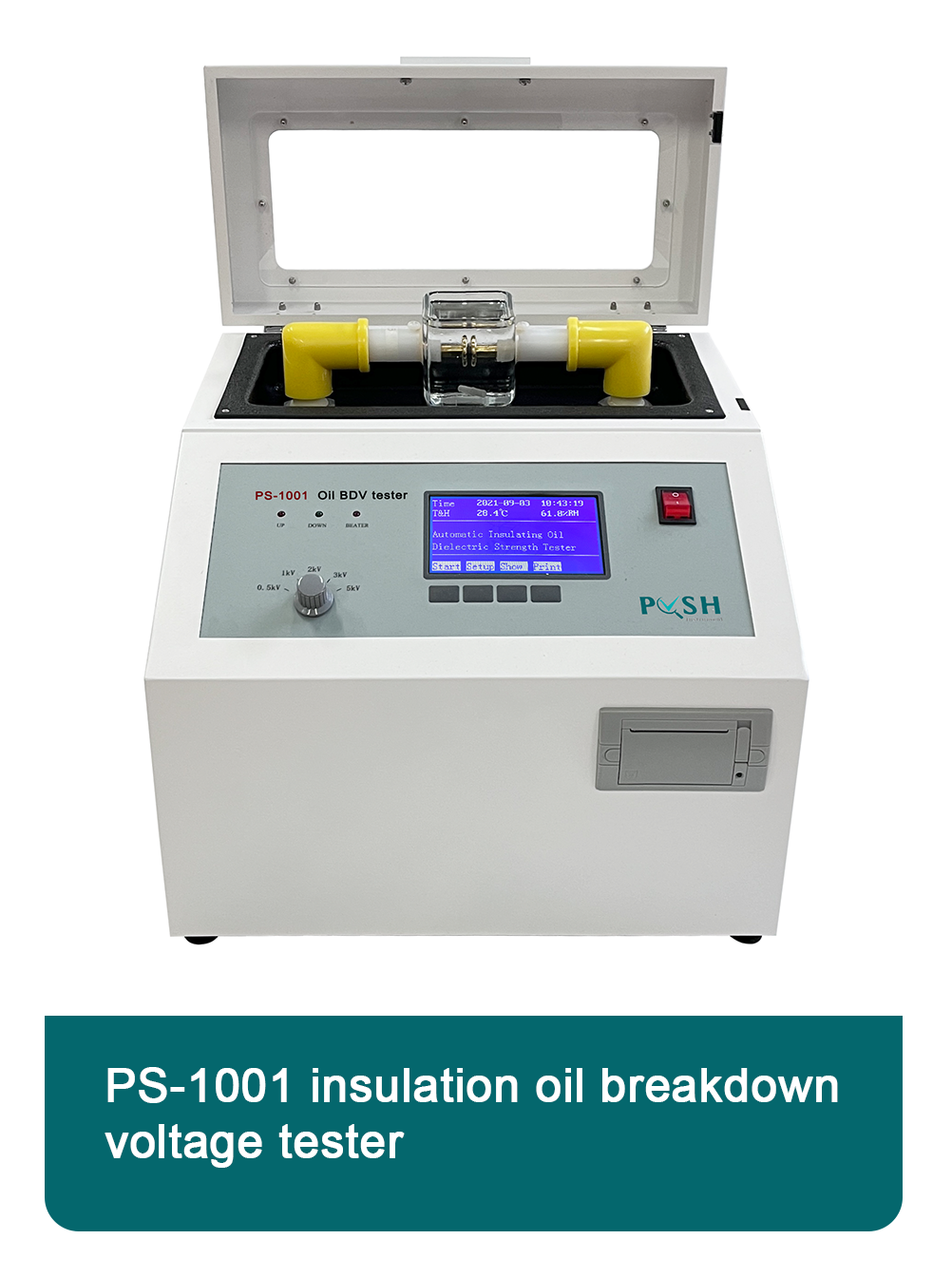 English
English



-
 Afrikaans
Afrikaans -
 Albanian
Albanian -
 Amharic
Amharic -
 Arabic
Arabic -
 Armenian
Armenian -
 Azerbaijani
Azerbaijani -
 Basque
Basque -
 Belarusian
Belarusian -
 Bengali
Bengali -
 Bosnian
Bosnian -
 Bulgarian
Bulgarian -
 Catalan
Catalan -
 Cebuano
Cebuano -
 China
China -
 China (Taiwan)
China (Taiwan) -
 Corsican
Corsican -
 Croatian
Croatian -
 Czech
Czech -
 Danish
Danish -
 Dutch
Dutch -
 English
English -
 Esperanto
Esperanto -
 Estonian
Estonian -
 Finnish
Finnish -
 French
French -
 Frisian
Frisian -
 Galician
Galician -
 Georgian
Georgian -
 German
German -
 Greek
Greek -
 Gujarati
Gujarati -
 Haitian Creole
Haitian Creole -
 hausa
hausa -
 hawaiian
hawaiian -
 Hebrew
Hebrew -
 Hindi
Hindi -
 Miao
Miao -
 Hungarian
Hungarian -
 Icelandic
Icelandic -
 igbo
igbo -
 Indonesian
Indonesian -
 irish
irish -
 Italian
Italian -
 Japanese
Japanese -
 Javanese
Javanese -
 Kannada
Kannada -
 kazakh
kazakh -
 Khmer
Khmer -
 Rwandese
Rwandese -
 Korean
Korean -
 Kurdish
Kurdish -
 Kyrgyz
Kyrgyz -
 Lao
Lao -
 Latin
Latin -
 Latvian
Latvian -
 Lithuanian
Lithuanian -
 Luxembourgish
Luxembourgish -
 Macedonian
Macedonian -
 Malgashi
Malgashi -
 Malay
Malay -
 Malayalam
Malayalam -
 Maltese
Maltese -
 Maori
Maori -
 Marathi
Marathi -
 Mongolian
Mongolian -
 Myanmar
Myanmar -
 Nepali
Nepali -
 Norwegian
Norwegian -
 Norwegian
Norwegian -
 Occitan
Occitan -
 Pashto
Pashto -
 Persian
Persian -
 Polish
Polish -
 Portuguese
Portuguese -
 Punjabi
Punjabi -
 Romanian
Romanian -
 Russian
Russian -
 Samoan
Samoan -
 Scottish Gaelic
Scottish Gaelic -
 Serbian
Serbian -
 Sesotho
Sesotho -
 Shona
Shona -
 Sindhi
Sindhi -
 Sinhala
Sinhala -
 Slovak
Slovak -
 Slovenian
Slovenian -
 Somali
Somali -
 Spanish
Spanish -
 Sundanese
Sundanese -
 Swahili
Swahili -
 Swedish
Swedish -
 Tagalog
Tagalog -
 Tajik
Tajik -
 Tamil
Tamil -
 Tatar
Tatar -
 Telugu
Telugu -
 Thai
Thai -
 Turkish
Turkish -
 Turkmen
Turkmen -
 Ukrainian
Ukrainian -
 Urdu
Urdu -
 Uighur
Uighur -
 Uzbek
Uzbek -
 Vietnamese
Vietnamese -
 Welsh
Welsh -
 Bantu
Bantu -
 Yiddish
Yiddish -
 Yoruba
Yoruba -
 Zulu
Zulu
hipot test set
Understanding the Importance of Hypothesis Testing in Data Analysis
In the realm of statistics, hypothesis testing is a critical method employed to draw inferences about populations based on sample data. This fundamental technique enables researchers to assess the validity of their assumptions and make data-driven decisions. One common concept within hypothesis testing is the use of a test set, which plays a pivotal role in evaluating the performance of statistical models and algorithms.
At its core, hypothesis testing involves formulating two competing hypotheses the null hypothesis (often denoted as H0) and the alternative hypothesis (H1). The null hypothesis typically posits that there is no effect or difference in the population (e.g., a new drug has no effect compared to a placebo). In contrast, the alternative hypothesis suggests that some effect or difference does exist. The objective of hypothesis testing is to determine which of these two hypotheses is more plausible based on the collected data.
Understanding the Importance of Hypothesis Testing in Data Analysis
A crucial aspect of hypothesis testing is the test set used in the analysis. In data science and machine learning, the data collected is often split into training and test sets. The training set is used to build and parameterize the model, while the test set is reserved for evaluating its performance. This division ensures that the model's capacity to generalize to unseen data is tested rigorously. By applying the hypothesis testing framework to the test set, researchers can quantify how well the model performs, leading to insights about its reliability and accuracy.
hipot test set

When we consider the test set in hypothesis testing, we are essentially examining whether the model’s predictions deviate significantly from a baseline, often represented by the null hypothesis. For example, if a new predictive model is developed to forecast sales, the null hypothesis might stipulate that the model's accuracy is no better than a basic method of forecasting. By performing hypothesis tests on the test set, researchers can ascertain whether the new model provides a significant improvement over the baseline.
In order to carry out hypothesis tests, several statistical measures can be employed. The p-value, for instance, serves as a metric for determining the strength of the evidence against the null hypothesis. A low p-value (typically less than the established alpha level) indicates that the observed data would be highly unlikely under the null hypothesis, leading to its rejection in favor of the alternative hypothesis.
However, it is essential to interpret the results of hypothesis testing with caution. A statistically significant result does not imply that the effect is practically significant; the magnitude of the effect should also be considered in real-world contexts. Furthermore, p-hacking, or the manipulation of data and tests to achieve a desired p-value, is a common pitfall that can lead to misleading conclusions.
In conclusion, hypothesis testing is an invaluable tool in data analysis, facilitating informed decision-making by helping researchers draw conclusions about populations based on sample data. The test set is integral to this process, allowing models to be evaluated rigorously before application in real-world scenarios. By adhering to proper statistical techniques and interpreting results thoughtfully, researchers can leverage hypothesis testing to uncover meaningful insights and drive advancements across various fields. As data continues to proliferate in our increasingly data-driven world, mastering the art of hypothesis testing will be essential for any aspiring data analyst or scientist.
-
Using Distillation Range Testers in the Food and Beverage IndustryNewsApr.16,2025
-
The Impact of IoT on Distillation Range Tester PerformanceNewsApr.16,2025
-
The Best Distillation Range Testers for Extreme ConditionsNewsApr.16,2025
-
How Distillation Range Testers Save Time and MoneyNewsApr.16,2025
-
Distillation Devices for Advanced Separation TechniquesNewsApr.16,2025
-
Common Mistakes to Avoid When Using a Distillation Range TesterNewsApr.16,2025



